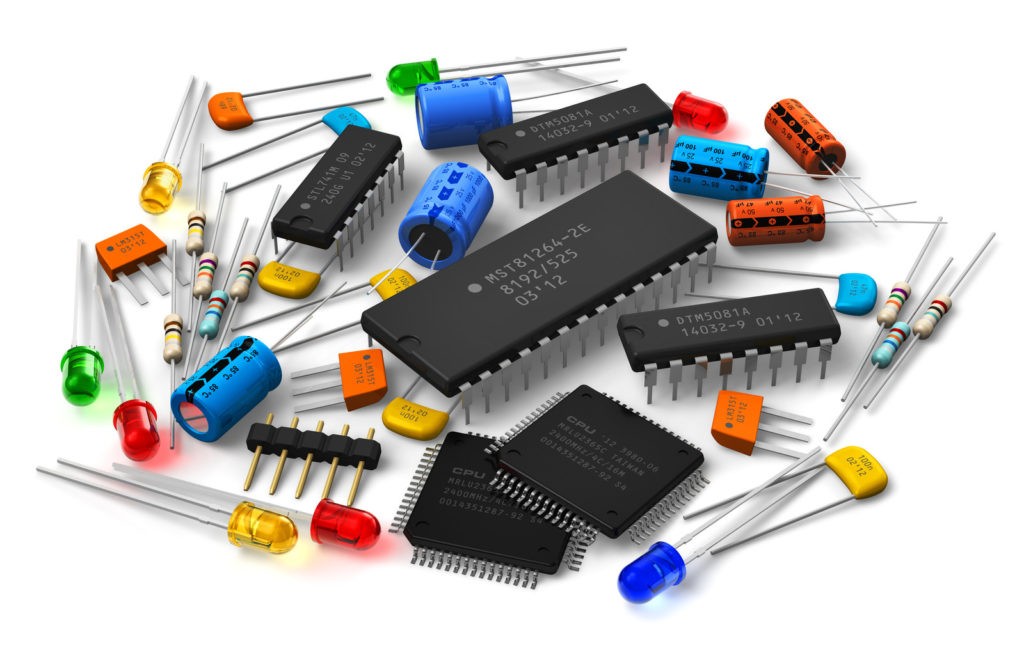Understanding Integrated Circuit: Types, Uses, & Applications of Integrated Circuit?
We’ve got observed over the years that technologies have changed continuously and was able to squeeze itself in to a more compact and concise structure. Let’s take an illustration of this the main computers that were made were the size of a warehouse of 1000 laptops which we use today. Think of how this has been adapted possible? What is anxiety it really is integrated circuits.

The circuits that were made previously were huge and ponderous, which consists of circuit components like resistor, transistor, diodes, capacitor, inductor, etc. which were connected alongside copper wires. This factor limited making use of the circuits to big machines. It absolutely was impossible to make small, and compact appliances with your big circuits. Moreover, they weren’t entirely shockproofed and reliable.
As stated, necessity could be the mother of inventions, similarly, the newest technologies each is the effect of it. There was clearly a requirement to produce circuits of smaller size with additional power and safety to feature them into devices. Then were three American scientists who invented transistors which simplified what to quite a degree, however it was the introduction of integrated circuits that changed the facial skin of electronics technology.
What’s Integrated Circuit?
A circuit (IC), often it might be known as a chip or a microchip is often a number of transistors which might be positioned on silicon. An internal circuit is too small in dimensions, when it’s in comparison to the standard circuits which can be made of the independent circuit components, it is about how big is a fingernail. IC can be a semiconductor wafer (otherwise known as a thin slice of semiconductor, for example crystalline silicon) on what thousands or countless tiny resistors, capacitors, and transistors are fabricated.
Modern electronic circuits aren’t comprised of individual, ensures they can’t be consisting of separated components as once was true. Instead, many small circuits are embedded in a single complex piece of silicon along with other materials called an integrated circuit(IC), or chip or microchip. The production of integrated circuits starts off with a fairly easy circular wafer of silicon several inches across.
Firstly designers made drawings of in which each aspect in each area of the circuit is usually to go so the processing would become easy. A photograph of each and every diagram might be reduced in dimensions repeatedly to supply a tiny photolithographic mask.
The silicon wafer is coated with a material referred to as a photoresist that undergoes a compound process when subjected to ultraviolet light. Ultraviolet light shown with the mask on the photoresist creates a similar pattern on the wafer as similar to that mask. Then solvents etch in to the aspects of the resist which were subjected to the sunshine, leaving one other parts intact. Then another layer of a silicon material doped with a few impurities that it is set over the wafer, and the other pattern is etched in by the similar technique.
The result of these operations is really a multilayered circuit, with a lot of countless tiny transistors, resistors, and conductors created inside the wafer. The wafer will then be broken apart along prestressed lines into many identical square or rectangular chips, that’s the end of integrated circuits.
For details about Integrated circuit IC explore this useful web portal